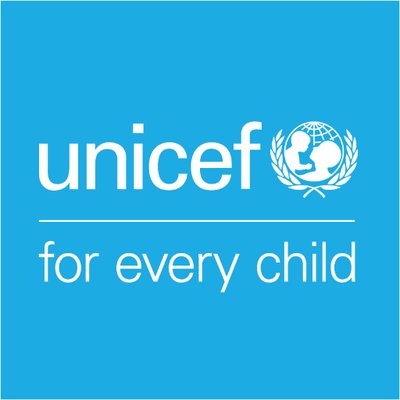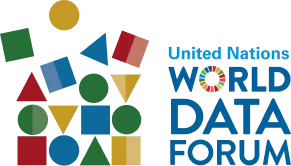

ATLAS DA CRIANÇA CENSO 2017-CABO DELGADO
UNICEF
Instituto Nacional de Estatística- Moçambique
Identify the problem, map it, and seek corrective solutions considering the SDG indicators.
Mitigating the high levels of fertility among children aged 10 to 17.
Mitigating the high levels of child marriages among individuals aged 12 to 17.
Areas with children aged 12 to 17 who are heads of households.
Areas with children aged 0 to 17 with disabilities and the types of disabilities.
Areas with children aged 12 to 17 without civil registration and the causes of lack of civil registration.
Areas with children aged 0 to 17 who are orphans.
Areas with children aged 7 to 17 who are engaged in the labor market.
Areas with children aged 0 to 17 who have access to electricity.
Areas with concentration of children aged 0 to 17 with access to clean drinking water.
Areas with children with access to safe sanitation facilities.
Areas with children aged 3 to 17 who own a mobile phone, computer, have internet access.
Census data is comprehensive and shows the real scenario of childhood indicators in Mozambique. Structuring and representing this data on maps and providing it to child policy-making sectors can serve as essential raw material for developing targeted policies and adopting specific corrective measures aimed at mitigating and improving children's living conditions.
The first phase would involve sharing the indicators with the targeted and critical communities, working with child policy makers to introduce localized corrective actions, and finally conducting sample studies to analyze indicator trends. Additionally, we would wait for the data from the next census to make comparisons.
